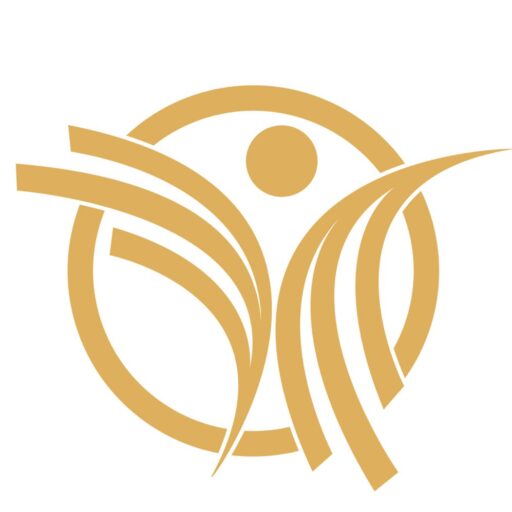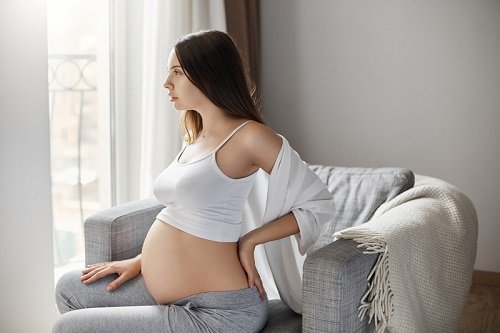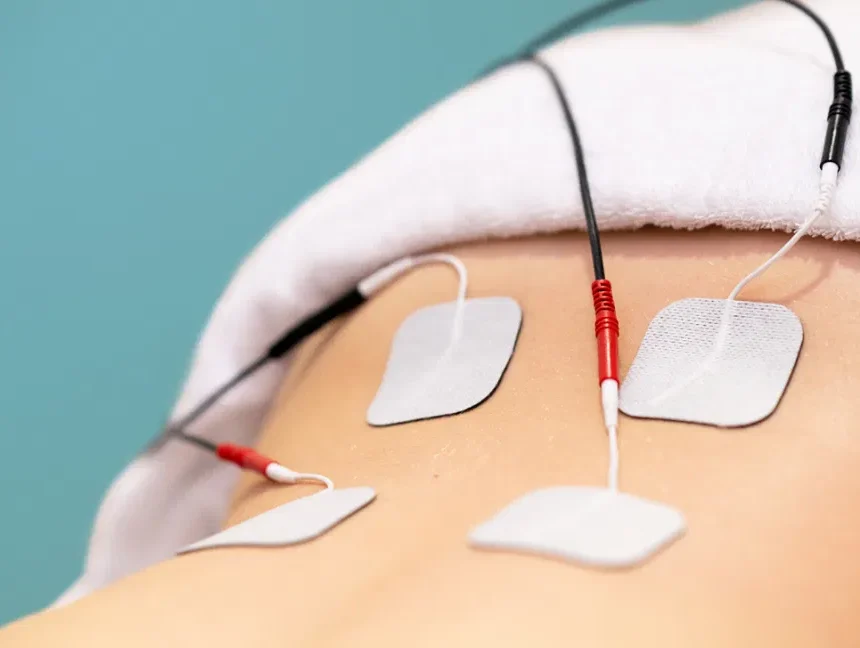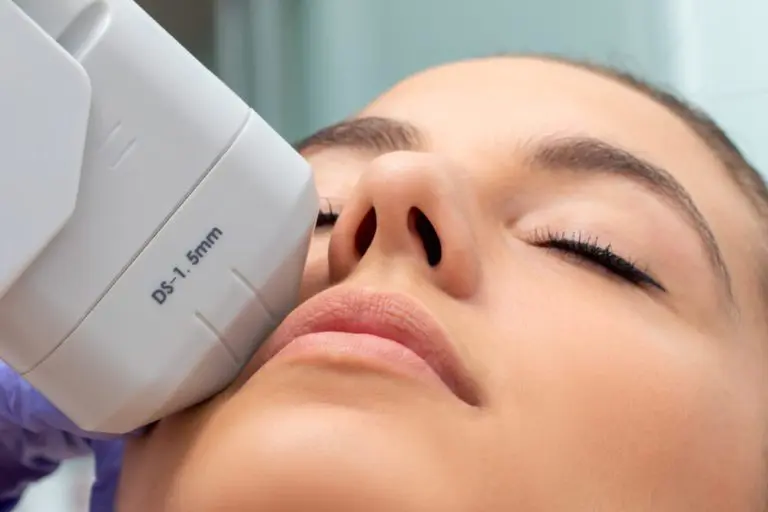
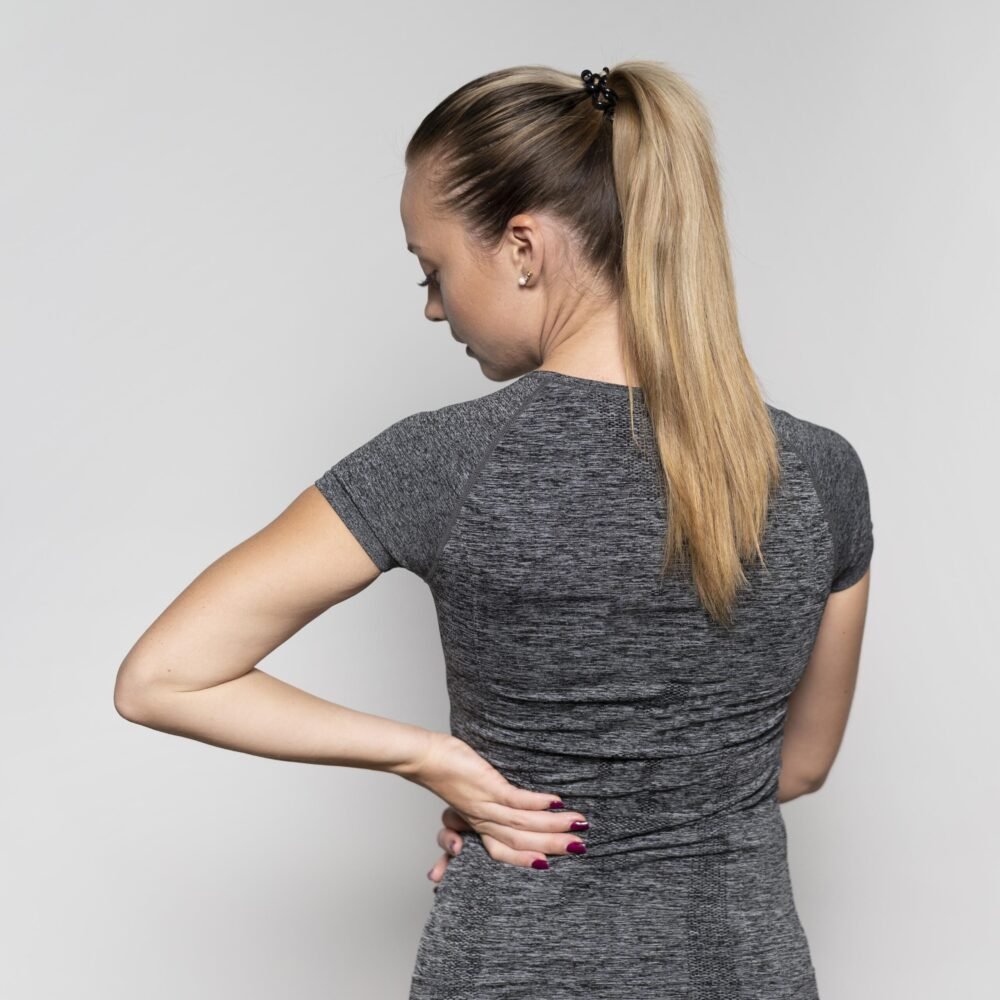
Scoliosis Treatment Dubai: Physiotherapy
Scoliosis is when your spine curves, and it's a medical thing. It often happens to teenagers, and we don't exactly know why. Sometimes it shows up in people with cerebral palsy or muscular dystrophy. But the good news is, it can be treated with medical help and exercises. Doing Scoliosis Treatment Dubai physiotherapy is a great way to make things better. It can help your posture and how your spine and body move.
For effective results, Scoliosis Treatment Dubai includes specialized physiotherapy sessions, posture correction techniques, and strengthening exercises to improve spinal alignment. Early intervention plays a key role in preventing complications. At our clinic, expert therapists provide personalized Scoliosis Treatment Dubai plans to help patients regain confidence and mobility.
What is Scoliosis Treatment Dubai?
Scoliosis is when your spine curves to the side. Normally, your spine has a natural S shape, curving a bit inward in your lower back and outward near your shoulders. But if you have scoliosis, your spine also curves sideways. Is it always a problem? Not necessarily. Mild scoliosis might not be noticed and cause few issues. But severe scoliosis can lead to breathing difficulties, ongoing back problems, and a different appearance. It can also cause discomfort or limit movement, particularly in growing children or older adults. Treatments range from physical therapy and bracing to surgery in extreme cases. Early detection is key, as catching scoliosis during childhood allows for better management and correction. Some famous people with scoliosis include General Douglas MacArthur, actresses Isabella Rossellini, Sarah Michelle Gellar, and Elizabeth Taylor, cellist Yo-Yo Ma, and Olympians Usain Bolt and Jessica Ashwood. Despite having scoliosis, they excelled in their fields, proving that the condition doesn’t have to be limiting. Many athletes, musicians, and dancers have adapted and continued to succeed. An interesting historical figure with scoliosis is King Richard III. He was the last English king to die in battle in 1485. Although Shakespeare portrayed him as a hunchback with a withered arm, Richard III actually had mild scoliosis, confirmed when his body was found under a car park in Leicester in 2012. Scoliosis awareness has grown, and early detection can make a big difference in managing the condition effectively. Many organizations and support groups help individuals navigate life with scoliosis and encourage regular screenings for children and adolescents.

We Provided All Types Of Scoliosis Treatment Dubai
What causes scoliosis?
The most common kind of scoliosis is called idiopathic scoliosis, and it often shows up in teenagers. This type might be linked to genes because it tends to run in families. Even if no one in your family talks about having scoliosis, it could be there, especially if the signs were not very noticeable.
There are also other types of scoliosis that can be caused by:
Spinal cord abnormalities or birth defects affecting the spine.
An injury to or infection on your spine.
Previous surgery on the chest wall as a baby.
Cerebral palsy, muscular dystrophy or other neuromuscular conditions.

Make An Appointment
What are the symptoms of scoliosis?
A tween or teen who has developed scoliosis may have:
Scoliosis is when the spine curves to the side, making it twist. This twisting can make certain body parts stick out more on one side than the other.
Uneven shoulders
One shoulder blade that sticks out more than the other
More prominent ribs on one side
An uneven waistline
Uneven hips


How is scoliosis diagnosed?
It's not always easy to notice if your child has mild scoliosis. When they're little, you pay close attention to their bodies while bathing and dressing them. But scoliosis tends to show up when kids start showering and dressing on their own and want more privacy.
Doctors often find scoliosis during a regular check-up or when doing a scan for another reason.
If your doctor or physiotherapist thinks your child might have scoliosis, they'll ask about their health history and do a physical exam. This might include the Adam's forward bend test, where your child leans forward from the waist with hands hanging in front. If one side of their rib cage sticks out more, it could be a sign of scoliosis. The doctor might also order an X-ray to see a picture of their spine.
What are the treatment options for scoliosis?
The right treatment for scoliosis depends on things like: Your child’s age,
The severity of their spinal curve,
Where the curve is on their spine,
Whether the curve is worsening.
Treatment options include:
Watchful waiting:
regular check-ups to ensure the curve is not worsening
Bracing
if your child’s spine has a 25° to 45° curve, your doctor may recommend a brace to prevent the curve worsening as they grow
Surgery
in very rare cases (less than 1%), a child may have such severe scoliosis that they need spinal surgery to correct the problem.


Benefits of Physiotherapy in Treating Scoliosis
- Correct side-shift
- Improve coordination and control
- Increase endurance and strength.
- Improve postural awareness
- Rotate the spine with breathing to help reshape the rib cage and surrounding soft tissue (known as rotational angular breathing)
- Improves back muscle strength
- Improves breathing function
- Slows curve progression
- Improves Cobb angles
- Reduces the need for back surgery
- Eases pain
- Boosts self-image
FAQ's For Scoliosis Treatment
People who have scoliosis may experience different symptoms depending on the degree of the condition. In minor cases there a posture of a slight curve of the spinal cord might be the only symptom. Nonetheless, these signs may become considerably more severe, leading to consequential symptoms such as back pain, uneven hips, a prominent ribcage on one side, and difficulty breathing due to lung compression.
The exact cause of scoliosis remains unclear in many cases, but it frequently is associated with genetic heredity, along with diseases like cerebral palsy, muscular dystrophy, and spina bifida. Sometimes, the scoliosis may be idiopathic, and it is impossible to find the reason.
Treatment for scoliosis is based on the level of the severity of the condition. In mild cases with no immediate danger, observation and monitoring can be enough. For more serious cases, treatments may include bracing, PT, and surgery.
Rigo Cheneau bracing is a frequently recommended strategy for patients with scoliosis because it is a widely accepted and proven method that is effective in terminating the deterioration of curvature in most cases in Europe.
The bracing for adolescent idiopathic scoliosis usually starts in adolescence and continues till the child completes his or her growth phase which takes approximately 18 months to 2 years after their menstruation starts for girls. Patients with juvenile or infantile scoliosis may experience a longer course of treatment.
The recommended wearing time for a scoliosis brace is case-dependent and is determined by the orthopedic specialist’s treatment protocol. Nevertheless, the patients who have achieved the greatest success have worn their brace for 21 hours a day.
Hear from our clients
EXCELLENTTrustindex verifies that the original source of the review is Google. "I recently visited Rama Care Poly Clinic, and I had a very positive experience. The staff was friendly, professional, and attentive, making me feel comfortable from the moment I walked in. The doctors were knowledgeable and took the time to explain my treatment options thoroughly, which I really appreciated. The clinic was also clean and well-maintained, which added to the overall sense of care and professionalism. I would definitely recommend Rama Care Poly Clinic to anyone looking for quality healthcare services. Thank you to the team for a great experience!"Trustindex verifies that the original source of the review is Google. I had the best Treatment today for my Laser and pain-free and I also had my Ayurvedic Treatment. Thanks Rama Car for the services and taking good care..Trustindex verifies that the original source of the review is Google. All the staff was friendly, the are professional, Therapist know what is my concern, they know what is the next treatment I should do, they also advice for home care. My treatment was Ayurvedic massage and HydraFacial. All of them is amazing. They have many kind services . Place very easy to find. Thank you Rama care clinic, I will recommended . ❤Trustindex verifies that the original source of the review is Google. I was impressed with the service of the clinic. All the reception and therapists were lovely and kind. Sonita gave me advice on what I needed. She is knowledgeable and professional.Thank you so much. Recommend Rama Clinic.Trustindex verifies that the original source of the review is Google. Had an amazing session with the beauty therapist Mrs. Sonitha! I've seen noticeable improvements in my skin. She is incredibly skilled, dedicated, and attentive. And also , all the staffs are very friendly Be it doctors , therapists , receptionists- everyone out there give that ‘home’ feeling Highly recommend !Trustindex verifies that the original source of the review is Google. Very friendly staffs and therapist are very professional.Shout to Sonita for doing my facial very happy with the result. Definitely coming back to try there other treatments ❤️Trustindex verifies that the original source of the review is Google. "I had such a wonderful experience here! The staff is incredibly friendly and welcoming, making me feel right at home from the moment I walked in. The cozy environment adds to the overall relaxing vibe, perfect for unwinding. A special shoutout to Ate Sonita, who went above and beyond in taking care of me. She’s truly such a caring and thoughtful employee, ensuring that every detail was perfect. I highly recommend this place for anyone looking for excellent service and a warm, inviting atmosphere!"Trustindex verifies that the original source of the review is Google. Friendly and Professional Staff!! Love Dr Sadia!! Not only that, Ayurveda treatment I got was very good, reduced my shoulder and neck pain dramatically. Highly recommend!Trustindex verifies that the original source of the review is Google. I highly recommend Rama Care Polyclinic. I got the Dental, Ayurveda and Facial treatments and I am very satisfied with their services. High five to all the Doctors and staff as I had a pleasant and amazing experience with them.
Meet Our Expert Medical Team Dedicated To Your Wellness
Dr. Mildred L. Eugenio
Receptionist / AdminDr. Sonita
Licensed Aesthetician / Skincare SpecialistMaria Aisha Bustillos
Receptionist / AdminDr. Haritha A B
Ayurveda TherapistDr. Anan Baali
General DentistDr. Varsha Jayasimhan
Ayurvedic DoctorStay Updated With Our Latest News And Blog Articles
- By: admin
- June 4, 2024
- No Comments
Is Electrotherapy Safe During Pregnancy?
- By: admin
- June 4, 2024
- No Comments
Shockwave Therapy vs Electrotherapy
- By: admin
- June 10, 2024
- No Comments
